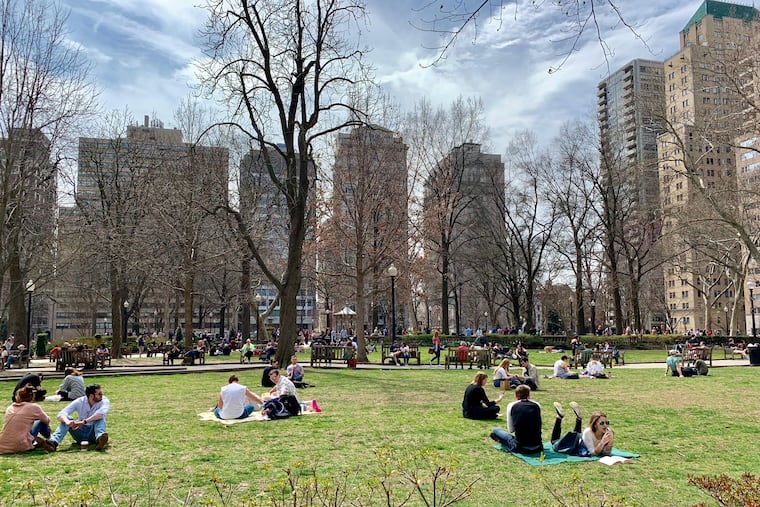In a segregated city, race determines safety. That’s unacceptable. | Editorial
Segregation is at the core of so many of Philadelphia’s problems. How do we move from moral indignation to meaningful action?

Segregation is at the core of so many of Philadelphia’s problems. How do we move from moral indignation to meaningful action?
